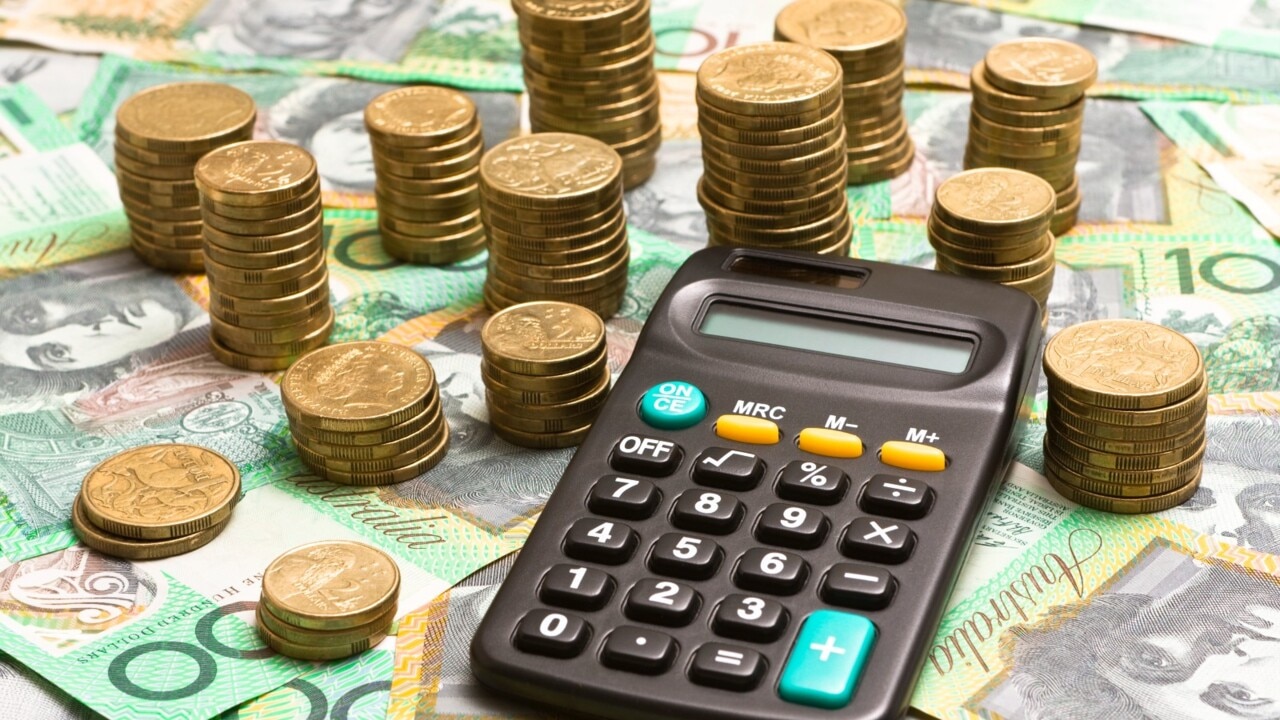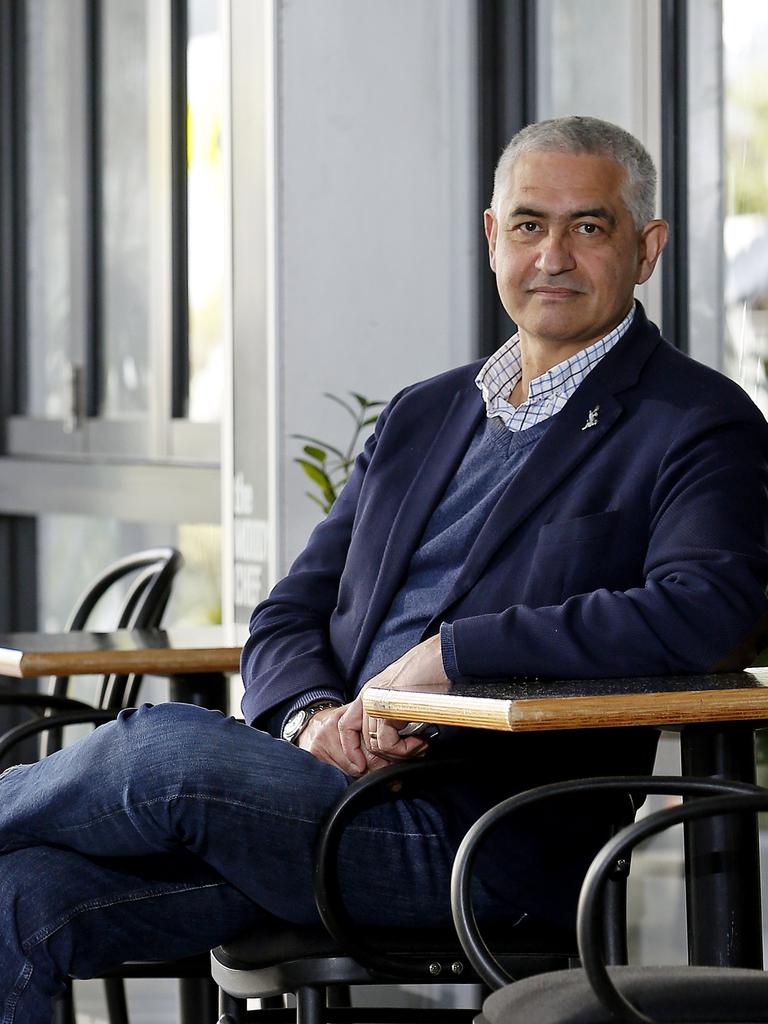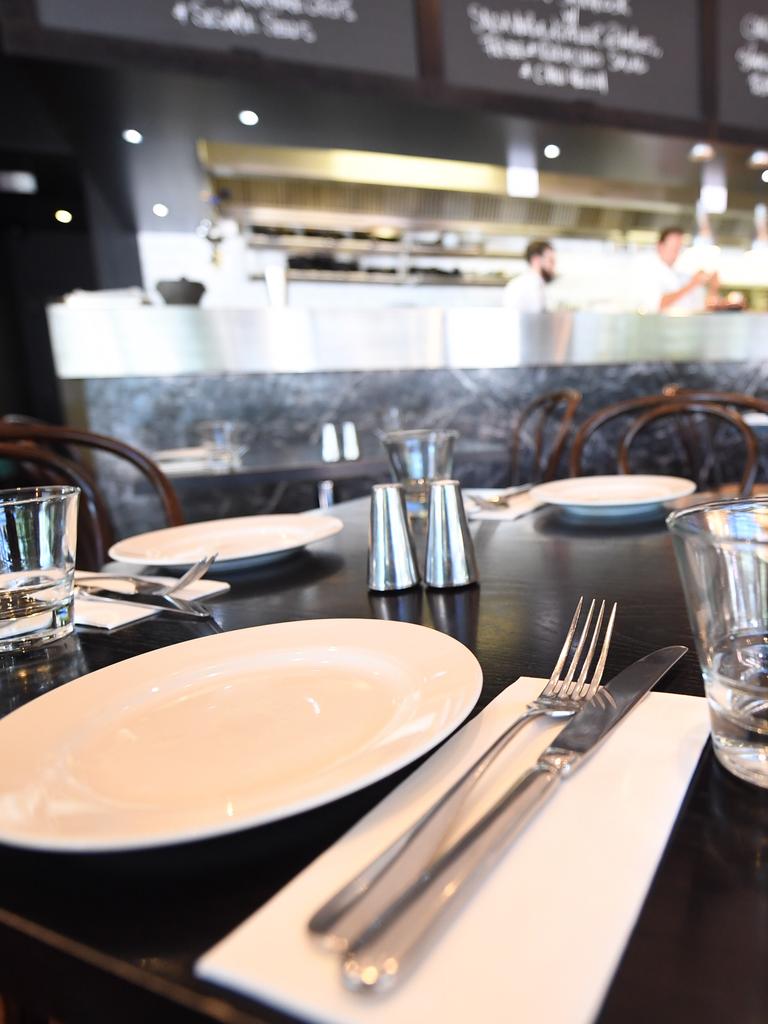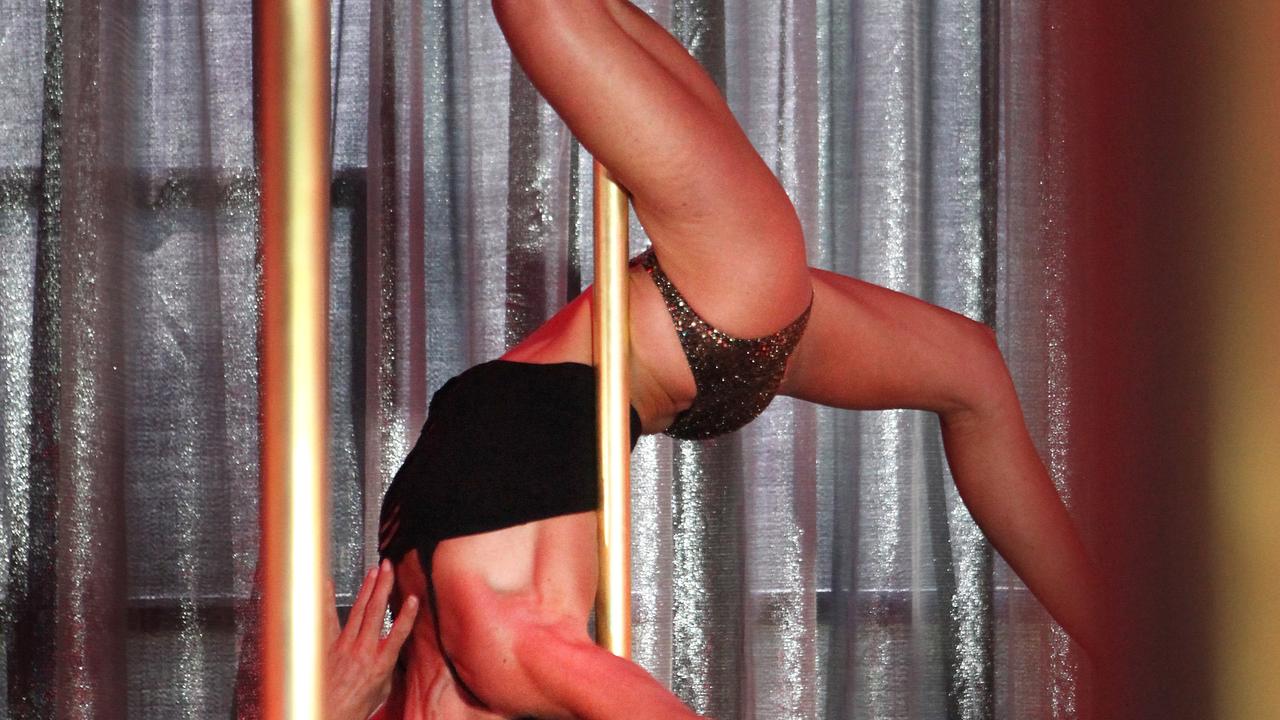‘Situation is dire’: Cost-of-living call third of Aussies have made
Australians are being forced to rein in their spending to cope with the cost-of-living crisis, with a third giving up one thing that’s having a huge impact.

“I’ve never really taken notice of the specials stickers at the supermarket before,” says Fiona, a 43-year-old mum of two from Adelaide. “But this past year, I’ve somehow managed to switch to buying my meat and pantry staples exclusively from the discounted range.”
“I now make decisions about weekend activities for the kids based on how far away they are. I refuse to fill up more than once a week because I just can’t afford the petrol,” agrees Sinead, a 31-year-old social worker from Sydney.
In Facebook groups, group chats and headlines around the country, the news is all the same: times are tough, everything costs too much and Australians are tightening the purse strings like never before out of necessity.
A recent survey conducted by news.com.au and Pepper Money, however, found there is one area of our lives in which we’re cutting back more than any other - and it’s having a huge flow-on effect.
Of more than 5000 Aussies surveyed, more than half said they had been forced to make changes to their household budgets as a result of the current cost of living crisis.
The majority (59.8 per cent) said they’ve adjusted their spending, with a further 30.4 per cent claiming while they’re more conscious of their spending, they have not made big changes yet.
It’s where those budgeting changes have come into play, however, that was most striking.
About a third of respondents (33.1 per cent) said they’d been forced to cut back on takeaway and eating out.
It’s a decision reflected in the increasingly grim state of the hospitality industry Restaurant & Catering Australia chief executive Suresh Manickam told news.com.au.
“There’s no other way to say it, the situation is dire,” Mr Manickam said, explaining that hospitality faces intense pressure from both ends of the market.
The rising cost of living impacts business owners’ outgoings, while fewer customers eating out means less income, too.
“The costs for restaurants are increasing as well,” he said.
“What is occurring is that (restaurants’) labour costs are increasing, their energy costs are increasing, and their produce costs are increasing. So at the end of the day, they have no choice but to pass this on to consumers or diners.
“So you’ve got then what is a bit of a pincer movement on both ends - on one end, the consumer is having less in their pockets. On the other end, you’ve got a restaurant that is having to charge more because it’s being squeezed as well.”


Retail trade figures have fallen for five out of the past six quarters. There have been 13 interest rate increases since the pandemic, when the hospitality industry was temporarily offered government assistance in the face of the crisis.
Sadly, Mr Manickam predicts things might get worse before they get better.
“If the economists are right, there’s another couple of rate rises, not rate cuts, in store,” he said.
“And if that happens, then obviously there’ll be more pain to come in terms of the cost of produce, the cost of labour, the cost of energy … the list goes on.”
SA mum Fiona, who now exclusively buys discounted meat in her weekly shop, agrees that eating out and even Uber Eats is off the menu for a while to come.
“We redid our budget when our mortgage repayments really started to bite,” she said.
“The first thing we did was delete Uber Eats. Apart from a couple of birthdays out at the RSL, there haven’t been many occasions where we’ve gone out to eat, certainly not in the past six months.
“It just seems like a luxury not many can afford right now.”





